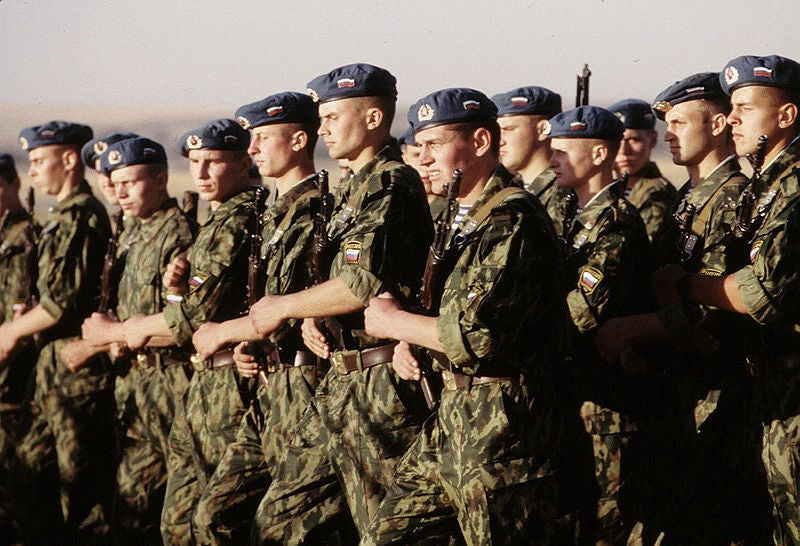
The Russian Airborne Forces (VDV) is planning to develop a hybrid combat vehicle by 2030 to help address the modern warfare requirements, the branch’s commander colonel general Vladimir Shamanov has revealed.
Shamanov was quoted by RIA Novosti as saying that the combat operations of the 2020s to 2030s are certainly expected to demand a combat module featuring both airborne infantry fighting vehicle (IFV) and helicopter characteristics.
How well do you really know your competitors?
Access the most comprehensive Company Profiles on the market, powered by GlobalData. Save hours of research. Gain competitive edge.

Thank you!
Your download email will arrive shortly
Not ready to buy yet? Download a free sample
We are confident about the unique quality of our Company Profiles. However, we want you to make the most beneficial decision for your business, so we offer a free sample that you can download by submitting the below form
By GlobalData”We are thinking about developing a hybrid of a light combat vehicle and an attack helicopter with a crew of three to four people,” Shamanov said.
The branch comprising 35,000 personnel deployed in four divisions and a brigade, is also planning to procure advanced Boyevaya Mashina Desanta (BMD)-4M airborne fighting vehicles, Rakushka armoured personnel carriers (APC), and 30mm 2A42 automatic cannon-equipped BTR-82 APCs.
In addition to this, an advanced tactical command-and-control (C2) system, called Andromeda-D, is also expected to be gradually introduced in all paratrooper units, according to Shamanov.
Speaking to the news agency last week, the commander has told that the branch will also be assigned an additional three air assault brigades from the eastern and southern military districts to enhance its rapid reaction capability in future conflicts, as early as October or November 2013.
Fitted with a new chassis, digital fire control system and high-precision weaponry, including a 100mm gun, the BMD-4M is an upgraded variant of BMD-4 airborne combat vehicle, which is designed to provide firepower and support for airborne troops in the battlefield.
BTR-MD Rakushka is an amphibious and airportable APC and is primarily used for troop and cargo transport, and also serves as a base for several specialised vehicles.
A division-to-soldier system, Andromeda-D features stationary points for commanders down to battalion, and vehicle-mounted systems for tactical units.
Image: Russian VDV personnel during a march in Kazakhstan. Photo: courtesy of US Air Force.





